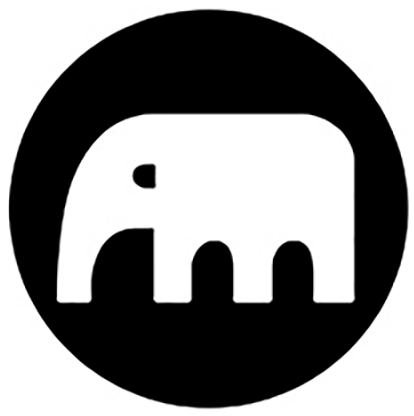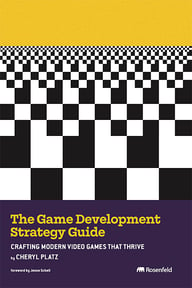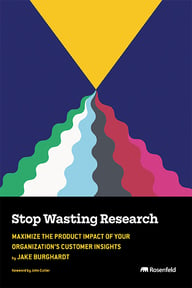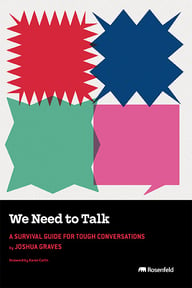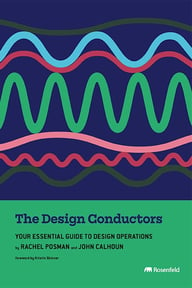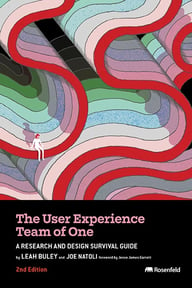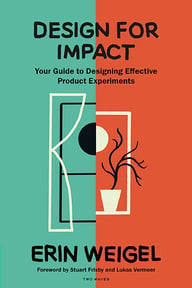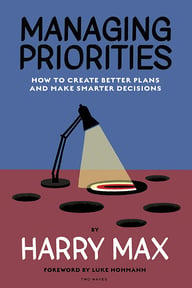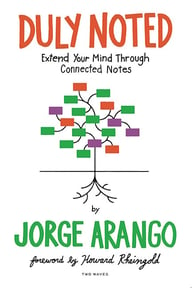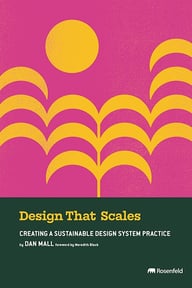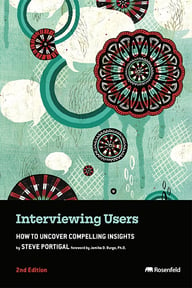Log in or create a free Rosenverse account to watch this video.
Log in Create free account100s of community videos are available to free members. Conference talks are generally available to Gold members.
Summary
How we design and deliver products is changing; how research plays is following suit. Our environment is complex, and evolving. AI’s role in design, product, research, and engineering is accelerating. New practices are shifting the boundaries between our functions. Strategic research programs play outside of functional lines, working with the fabric product development and the needs of different teams and situations. We shift our focus from tuning and scaling the research machine, towards tending the garden of shared understanding and possibility. In this session, we’ll explore paths for research practitioners and programs who want to operate effectively in uncertainty. We’ll discuss how complexity informs research strategy, and look at activity in the organization through lenses that create new opportunities for the research practice.
Key Insights
-
•
Most product organizations operate within complex adaptive systems, not predictable or purely complicated environments.
-
•
Traditional research projects that produce isolated insights often fail to impact product outcomes effectively.
-
•
Managing emergence—the unpredictable unfolding of outcomes—should be a core research focus rather than just delivering findings.
-
•
Dave Snowden’s Cynefin framework helps distinguish domains: clear, complicated, complex, and chaotic, with complexity being the key challenge for product teams.
-
•
Using vineyard management as a metaphor highlights that contextual factors drastically affect outcomes, meaning research approaches must be tailored per team context.
-
•
Direct actions or recommendations in complex systems rarely achieve desired outcomes without managing interactions and relationships.
-
•
Research democratization is promising but needs nuanced, context-specific approaches rather than one-size-fits-all solutions.
-
•
Tools like AIMS (Acting, Interactions, Monitors, Scaffolding) provide ways to intervene thoughtfully in complex adaptive systems.
-
•
Continuous agile cycles can be limiting for research; longer, consultative, and milestone-based approaches may be required to handle complexity.
-
•
Building trust and relationships, especially for remote researchers, is crucial to gaining access and influence within complex teams.
Notable Quotes
"Research alone is insufficient to solve complex organizational problems; it’s more about learning how to work with the teams and complexity."
"Helping teams is much more like managing a children’s party than engineering a bridge."
"If you want to grow good grapes, you need to manage the vineyard well—but every vineyard has different demands due to its context."
"Direct action rarely gets what we want in complex systems; instead, we must know what we can actually manage."
"Introducing insights into a system is just adding a new actor; without managing interactions, nothing changes."
"Democratization of research is interesting but not a one-size-fits-all; it needs quick assessment of what a team truly needs."
"Monitoring for weak signals and early signs of emergence is as important as intervention itself."
"Putting scaffolding in place helps self-organization in complexity—like training wires in vineyards or using shared maps in teams."
"Most research methods come from an engineering mindset suitable for complicated problems, but product problems are mostly complex."
"Working with complexity requires maintaining ambiguity as long as possible before converging on action."
Or choose a question:




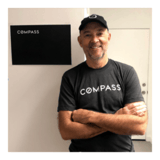











More Videos

"Organizations are much better at making something better than they are at doing something new."
Peter LevinSolve a Problem Here, Transform a Strategy There: Research as an Occasion for Expanding Organizational Possibility
March 25, 2024

"Having an employee resource group member on interview panels creates a safe space for candidates to disclose more about themselves."
Libby MaurerTreating Diversity & Inclusion in Hiring as a Design Problem
December 5, 2019

"DWI should stand for damn Warren's infertile machine because it was designed on Warren’s typos to solve Warren’s problem."
Samuel ProulxDesigning for Disability, Innovating for Everyone
March 11, 2025

"Our one metric that mattered was maximizing the number of VOС-tagged tickets solved – showing customer feedback made it to the roadmap."
Shipra KayanHow we Built a VoC (Voice of the Customer) Practice at Upwork from the Ground Up
September 30, 2021

"If you don’t know what should go in a specific area, it is really powerful to leave it as a question mark."
Billy CarlsonTips to Utilize Wireframes to Tell an Effective Product Story
June 6, 2023

"AI struggles with context, taste, and common sense, and designers bring that to the table."
Dan SafferWhy AI projects fail (and what we can do about it)
May 14, 2025

"Sometimes government rules grow from a single mistake that leads to congressional hearings and new regulations."
Crystal PhilcoxThe Many Faces of Operations
November 6, 2017

"Webflow is an ideal tool for prototypes with code because users can test in the actual browser environment."
Sam ProulxPrototype Reviews, People With Disabilities, and You
December 8, 2021

"Christina Shim never in her wildest dreams thought she would join IBM, but became inspired by IBM’s history and vision on sustainability."
Chris HammondEmbedding sustainability into enterprise design and development: A journey towards "sustainability consciousness"
April 2, 2025
